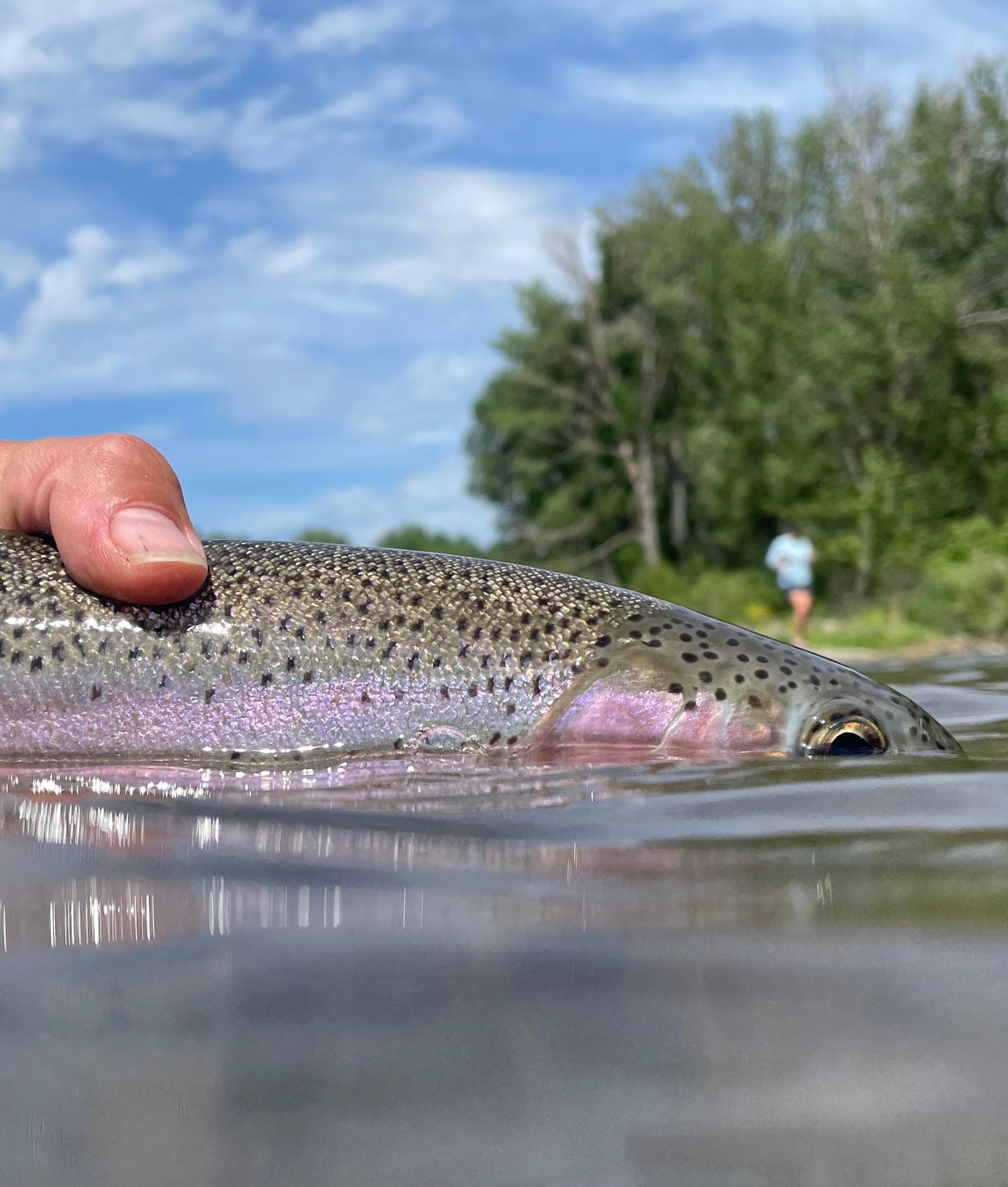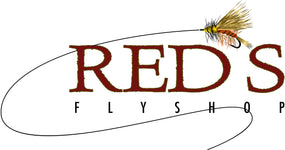CALL NOW (509)933-2300
CALL NOW (509)933-2300

“WHAT FLY SHOULD I USE?” This question is in our heads every single time we hit the water. Once you can cast a fly out on the water halfway decent, and have some knowledge on where fish are staging and feeding, it all becomes about which fly(s) to tie on. This is one of the most asked questions when taking calls at the shop. And yes, you can give the local fly shop a call and ask what has been working. But there is nothing like real-time data. With the right tools, two of them being your eyes and your hands, you can take just a few minutes and know what the trout are feeding on.
Too often, we take a guess and tie on some flies and stomp down to the river. We then walk straight into the water and start huckin it. Basically this is what I call, "Hail Mary" fishing or... "Fishing on a Prayer." First step we suggest is to slow down and take in all the data as you are walking down to the river. Wait to tie on your flies until you get down there and see what is going on. As you walk down, what do you notice? Ants crawling, hoppers jumping, Caddis flying? All of these things are great dry fly indicators. It takes just a bit more work to figure out the subsurface game. To decide which nymph to drop from our Hopper Pattern, we need to look at and under the rocks in the riffles at the heads of our trout runs.

As you see in the above picture, stonefly exoskeletons will be on top of the rocks that are exposed in the riffles. If you see a number of those, then you can bet there is a decent amount of stonefly nymphs in the water. After looking on top, turning over a few of the flatter, larger rocks will tell the tale of what other nymphs are moving around. You can absolutely geek out on the exact fly and even become a bit of an entomologist when joining our University of Fly Fishing. However, it's more important to match the size and profile of the bugs you are seeing (color is the third priority). Take a look at the bugs, take a look at your nymph box and pick something close.
We take a few minutes on every single one of our Fishalong Courses to narrow down which fly we use as a dropper. And you know what... it works ;-)
Nothing is better than real-time data when choosing a fly in the river. Check the rocks in the riffles at the head of a run to see what nymphs the trout are feeding on.
Full Disclosure: Our tributaries are perfect for dry fly fishing. We tend to use nymphs mid-day or if we see a big fish flash that won’t eat on top.

Leave a comment